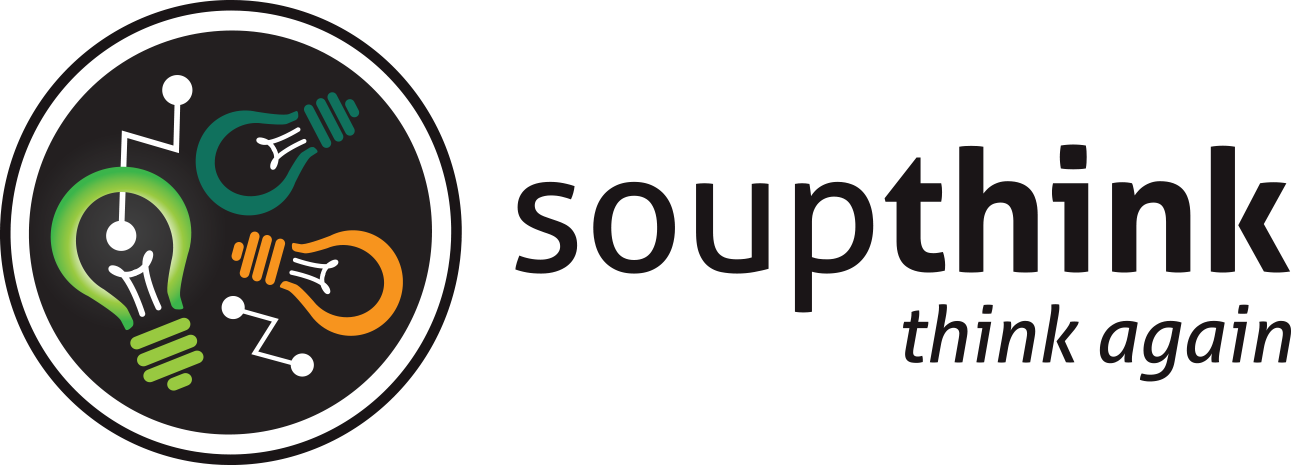Brazen Hussies should be a badge of honour for Australian cinema
Every now and then a film comes along that shifts your view of the world around you.
Recently, I went to see the film “Brazen Hussies” (https://www.brazenhussies.com.au/), and I’ll admit, I didn’t have high hopes for it. But it fit the timeframe I had free, so I decided to take the plunge.
I’ve rarely been so badly wrong in my estimation. As a white Anglo-Saxon man, I’m aware of my privilege in many respects mentally, but I don’t always carry that through in my actions, and it’s not always top of mind. So, while I am conscious that the world in 2020 is not equal between men and women, I do believe that it should be. When I come across historical injustices, I tend to frown and think “gee, that’s rough” or “that was completely unfair”. But it’s isolated; ask me later that week if I remember all that much about it, and I won’t. Part of that is that there’s no emotional trigger in dry, non-fiction words on a page, so it doesn’t sear into me.
One of the first things shown was a protest where two young women chained themselves to a bar. The film then showed various women who had been part of the Women’s Liberation movement, and how they came to be involved. At this stage, I was paying attention, but nothing had hit me yet.
The film gradually pointed out what the starting line looked like for women in the late 1960’s in Australia; women had to sit in the car while their men drank in pubs they weren’t allowed into. They had to give up their jobs when they got married. Women were discouraged from undertaking higher education because it was assumed that they would only ever be wives and mothers, so what was the point of all that study? If they wanted to do anything financial – open a bank account; take out a loan for a car; open a business; they needed a male signature as guarantor. No signature, no dice.
All of this I’d been aware of at one level, but the beauty of the cinema is that I got to see what looked like in its totality. And it shocked me. Then the film turned to reproductive health. I won’t go into detail here, but it was demeaning, dangerous, and judgmental; you need to hear this for yourself. And related to that was the horrifying fact that there were NO (none, nada, zilch, zip, zero) women’s refuges anywhere in Australia before 1975. That quite a few were built not long after in most capital cities (and presumably elsewhere) only goes to show how desperately they were needed by women escaping violent and abusive relationships. And it’s no wonder the divorce rate went through the roof when no-fault divorce laws were introduced in 1976.
I was, by now, spellbound. This is the world my late mother grew up in as a child, and the world in which she married my father. This is the world that my grandmothers, and great-aunts, knew intimately before I was born. This was not an abstract bit of dry, dusty history – this was half the population being systematically discriminated against. This was about real women, and the consequences on their lives, of such heavy-handed and conservative attitudes. I could viscerally feel the injustice in this, not just think about it.
The wall of opposition the women protesting for equal rights faced was virtually impenetrable – the courts, the police, the education system, the financial system, and the media, all male-dominated, were resolutely opposed to even the smallest changes. We are all products of our time, but I cannot see any rational basis to the claims made by the male establishment of the time that women deserved to be treated like they were.
Surely, if people believe in freedom of speech, freedom of association, freedom of conscience, and in the very idea of individual liberty itself, then you cannot simultaneously believe that 50% of the population does not deserve these same rights in equal measure. And in a democratic country, all the more so.
I think it is incredibly important not only that this film was made, but that it should be seen by younger generations of women AND men. The young women should watch to take heart in their remaining battles – and to realise, and honour, what their forebears went through.
Men of all ages should also watch this film in large numbers. Older men should remember how things were, and live up to the better halves of their nature in providing support and backing for equality. If young men want to know why their grandmothers and aunties occasionally come down on them like a ton of bricks, well, this film should provide a lot of useful context. They should appreciate that the women and girls they are growing up next to are able to reach their full potential. This film should stir conversation with families and friends all over the country, and (hopefully) all over the world as well.
Now, thankfully, things are better in 2020, although there is still some way to go. The film itself was honest enough to make the point that the movement broadly benefited white, Anglo-Saxon women, without necessarily doing much for Aboriginal or LGBQTI women. But in (very) general terms, the women I deal with each day here in the Canberra bubble ARE able to make their own way in life. They are confident, proactive, funny, intelligent, and proud of their achievements, and so they should be.
But those who should be proudest are the women who made this film; both the original activists, and the women involved in the five years of putting this epic masterpiece together. I salute their efforts, and thank them for saving this part of our history.
Go and see the film!





